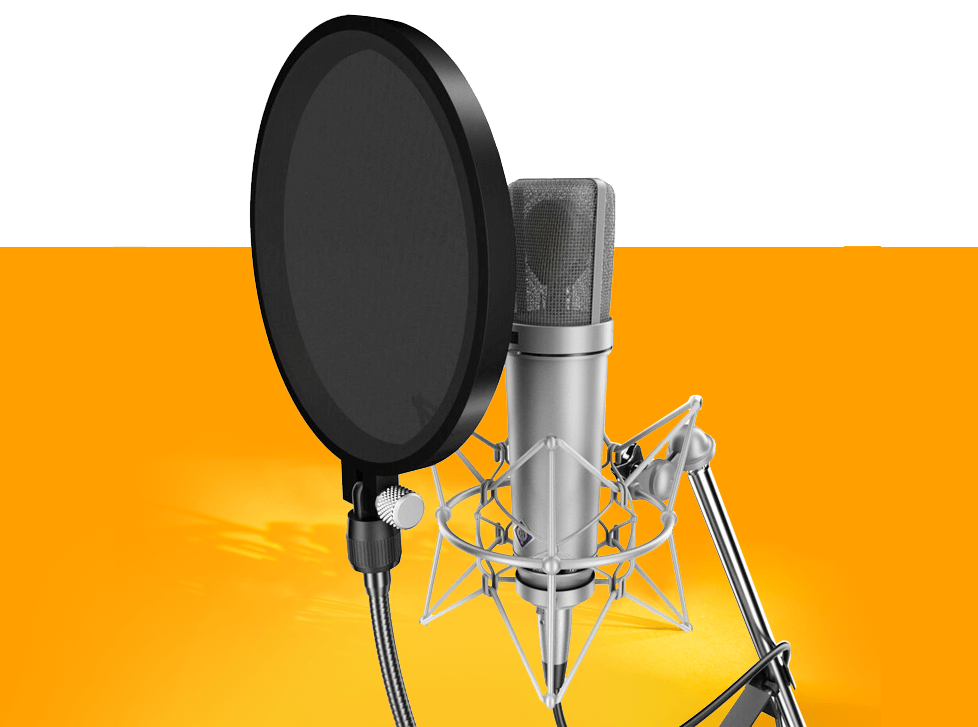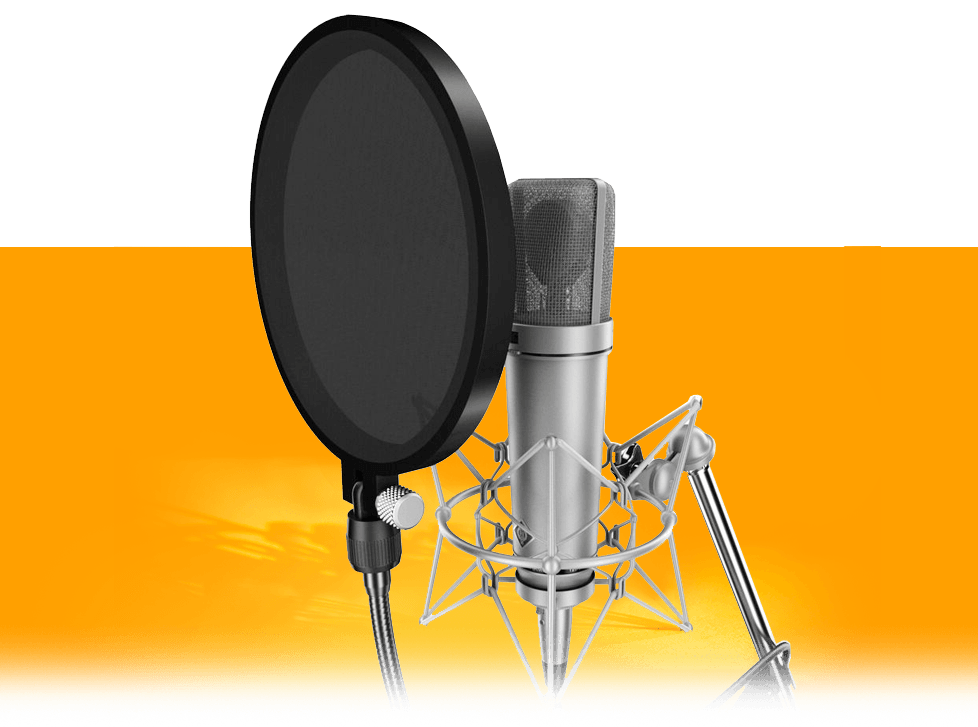5 Compression Mistakes You Don’t Know You’re Making
Jeremy Alves | Apr 05, 2018
With so many digital plugins at our disposal, these days it can be tempting to overdo it. But just because it only takes a couple clicks to add effects on tracks, it doesn’t mean we should.
When it comes to mixing tactics for something as vital as compression, it takes years of trial and error to learn how to use it properly. Compression is an extremely useful tool for any mixer to have in their belt, but if used incorrectly it can do more harm than good.
Here are five common compression mistakes you are making and how to avoid them.
Mixing In Solo
Just like mixing with any other effect or plugin, there’s an urge to do most of your mixing in solo. While working in solo has its advantages, it can also be particularly harmful to your mix. By spending all your time listening to a track on it’s own, you lose sight of how it fits into the greater context of the song.
Think of effects and plugins as adding extra spices in a recipe. Sure certain spices might taste good with one ingredient of your recipe, but terrible when mixed with everything else. By relying on solo to mix your individual tracks, you end up mixing them so they sound good on their own rather with everything else.
This particular issue is pretty easy to avoid. Add your compression to your desired track in with the rest of the song, rather than soloed. It’s okay to go in here and there and tweak it in solo, but never big changes. Work in with the rest of the track, mixing with levels turned down very low
You’re Overdoing It
Sorry, but you are. Yes compression is a vital tool, and one that you will probably use on most songs you mix in your life, but that certainly doesn’t mean it needs to go on everything; it’s not Franks Hot Sauce®.
Compression works great on vocals, bass and clean guitars, but doesn’t need to be applied to everything. Synth and effected guitars rarely ever need compression, among other instruments.
By over-compressing your track, you will lose its presence. It will all sound like a jumbled, basement-garage rock band (and not the good kind). Make conscious decisions, and have a reason why you are applying compression to this particular track. Without a reason, you are just guessing, and that’s not a great tactic for efficient workflow.
Compressing Out Transients
When it comes to attack times on your compressor, slow the heck down. This may seem like an odd move, considering higher attack times means the desired compression will be applied sooner, but there’s a good reason to do so.
We don’t want the compression to kick in right off the bat because it kills the transients of your instruments.
If you’re unclear with what a transient is, it’s a short-wave, high burst of energy: the initial strike of an instrument. Look for the largest part of the waveform in your DAW and that’s the transient, as pictured below.
For guitar, it’s the sound the strumming of strings make, for drums it’s the thwacking sound the stick makes upon initial contact with the drum skin. That initial hit is the loudest, yet shortest lived part of a performing instrument, but it’s also what gives it a lot of character.
By having too fast of an attack time, you subsequently cut out the transients of the instruments, leaving your song sounding dull and lifeless. Transients carry the “punch” of your tracks, and without them it’s going to sound a whole lot worse.
Make-Up Gain
How many times have you added compression and it ended louder than it was before? That’s probably because you are using a plugin that auto-generates makeup gain.
These can be tricky, as they more often than not add too much gain to compensate for the lost levels from the compressor, and sound way louder than the original.
The best way to monitor your levels it to switch between in and out on the compressors bypass, and raising the make-up gain until there’s no level different between the two. Otherwise, the compressor is just going to make your track sound worse than it was before.
Always be Automating
Once you’ve found a good level for you compression at a certain part of a song, it can be tempting to hit process and move on — but please don’t.
Just because one section of the track you are mixing sounds good with the compressor you added, by no means will the rest of the song sound that good. This is why you have to get your hands and little dirty and automate.
The best method is to find a compressor level that sounds good across 75-90% of the track, and from there automate the various peaks and valleys that sound a bit off. Sure it takes more work, but hey–that’s why you’re the expert.
Ready to Start?
OIART's Audio Program Includes:
✓ Small Class Sizes
✓ On Site Facilities
✓ Industry Leading Instructors
✓ Post Grad Support & Guidance
✓ Exclusive 11 Month Program
Have Questions?
If you have questions about our audio engineering and music production program or would like to book a tour, we would be pleased to speak with you.
Text Us: 519.200.4151
Apply in 4 Steps!
Step 1: Click apply now.
Step 2: Answer 8 questions about yourself.
Step 3: Upload supporting documents.
Step 4: That's it! You are done.
Your Future Is Sound
OIART is a unique school and program like you’ve never experienced before →


Your Future Is Sound
OIART is a unique school and program like you’ve never experienced before →
Your Future Is Sound
OIART is a unique school and program like you’ve never experienced before →

About Us
OIART is a unique school and program like you’ve never experienced before.
502 Newbold Street London, ON.
Quick Links
School Life
Get In Touch
If you have questions about our audio engineering and music production program or would like to book a tour, we would be pleased to speak with you personally.
O.I.A.R.T. Inc. | Privacy Policy | Sexual Violence and Harassment Policy | Terms of Use | Website design by Plasmid144 Digital Marketing
All Rights Reserved
